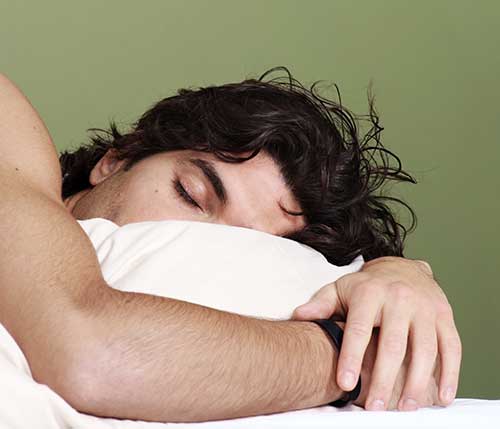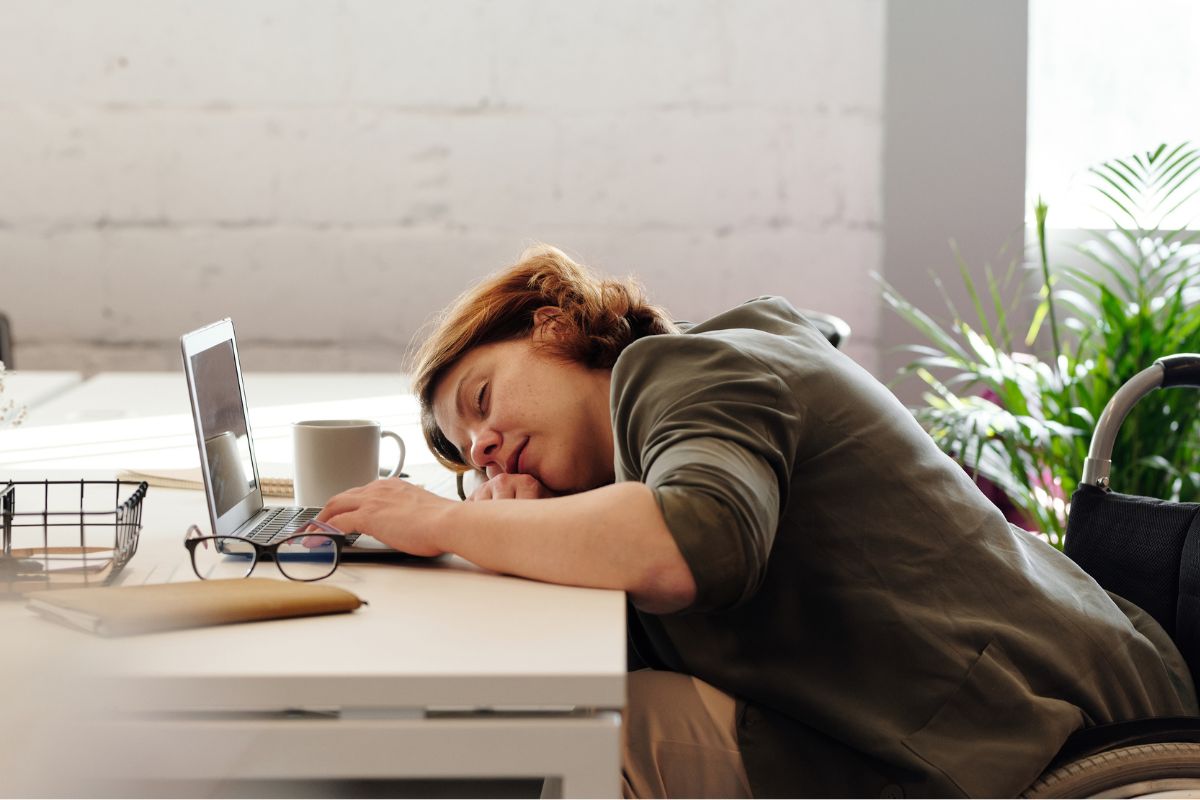Do you ever feel like the only person who can’t seem to get a good night’s sleep? What is it that keeps you from getting that refreshing rest so that you have the energy to start the day? Sleep pros have come up with 5 easy you should take to ensure a good night’s sleep. As long as your lack of sleep isn’t due to a medical issue, you will be able to get the sleep you’ve been longing for by following these healthy sleep habits.
Maintain a Consistent Sleep Schedule
Your body isn’t a machine that can be turned on and off at will. It functions much better if you follow a consistent schedule and healthy sleep habits. If you don’t stick to a routine, your body will have difficulty telling the difference between everyday tasks and nighttime rest. It’s okay to take a nap if you feel it is absolutely necessary, but be careful because naps can interfere with your nighttime sleep if they are too long. If you do take a nap, try to take it at the same time each day so that your body can adjust to the pattern as well.
Avoid Caffeine
Teenagers rely on soda to pull all-nighters. You need coffee to wake up in the morning. Why would you think that drinking a soda at night would help matters at all? Caffeine can keep you from getting the sleep you need. Also, keep away from the internet, video games, alcohol, chocolate, and tobacco as well. All of these things should be saved for the daytime, not at night before you are getting ready to go to bed.
 It’s important to establish healthy sleep habits to give yourself the best chance of getting a restful sleep.
It’s important to establish healthy sleep habits to give yourself the best chance of getting a restful sleep. It’s important to establish healthy sleep habits to give yourself the best chance of getting a restful sleep.
It’s important to establish healthy sleep habits to give yourself the best chance of getting a restful sleep.Exercise in the Mornings to Help You Wind Down at Night
It’s not a good idea to work out before you go to bed, but it will help you sleep if you do it in the mornings. Studies have proven that those who suffer from insomnia can fall asleep faster if they exercise for 20 to 30 minutes a day. You don’t have to work yourself so hard you collapse, most people will be just fine with walking at a moderate speed.
Skip the Nap
Even though this is a tough one to follow, taking a nap does more harm than it does good. It will throw your body off schedule, therefore making it harder for you to fall asleep when you need it the most.
Don’t Overeat
They say you can’t sleep on an empty stomach, but you can’t sleep if you are stuffed either. Being too full will make sleeping an uncomfortable experience and cause sleep disorders. If you do get hungry, eat something light so that you can go to bed without having to drag yourself into it.
Of course, these guidelines will not work for everyone. You may need to look at your lifestyle to find healthy sleep habits that will work for you. For most, a slight adjustment in everyday activities can lead to better sleep. If you notice your sleep patterns worsening, be sure to talk to your doctor.
Related Articles:









New! Comments
Share your tips and feedback. Leave me a comment in the box below.